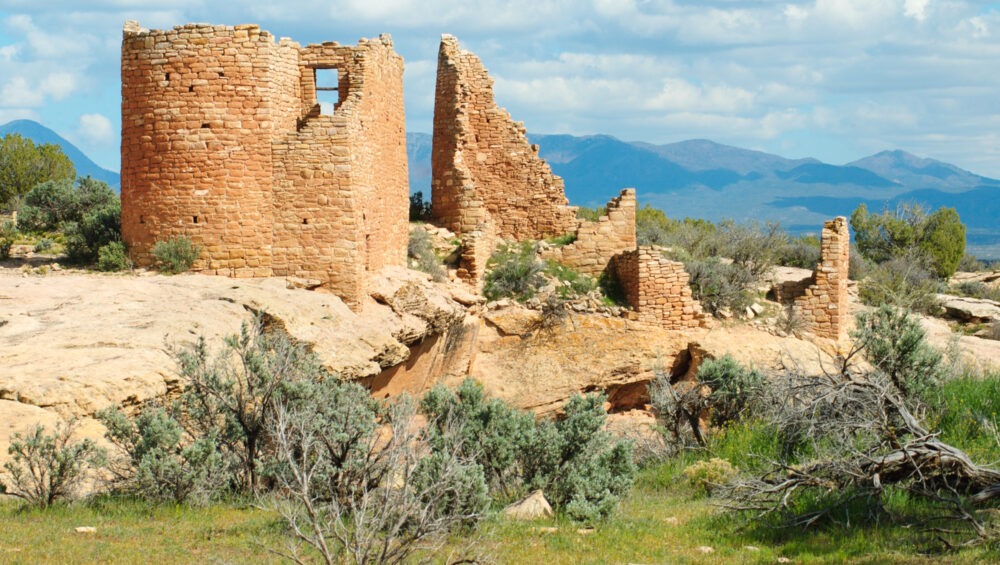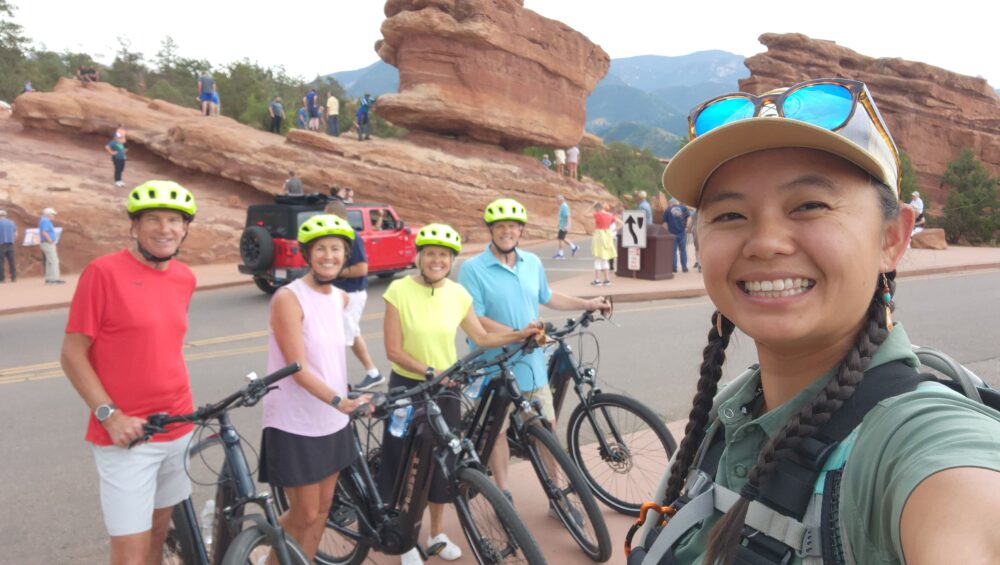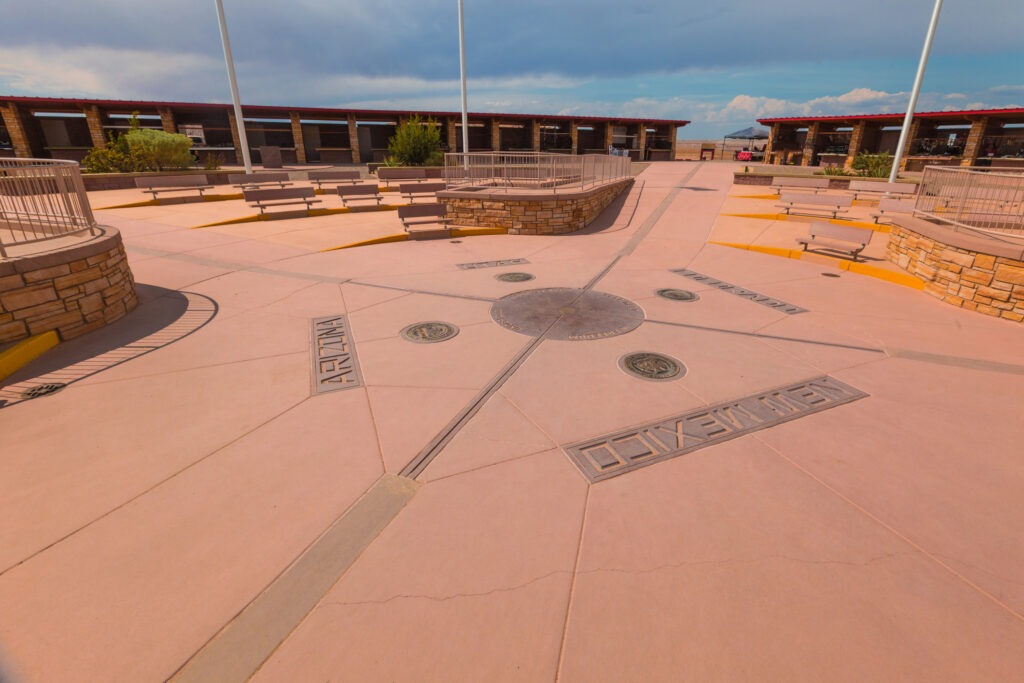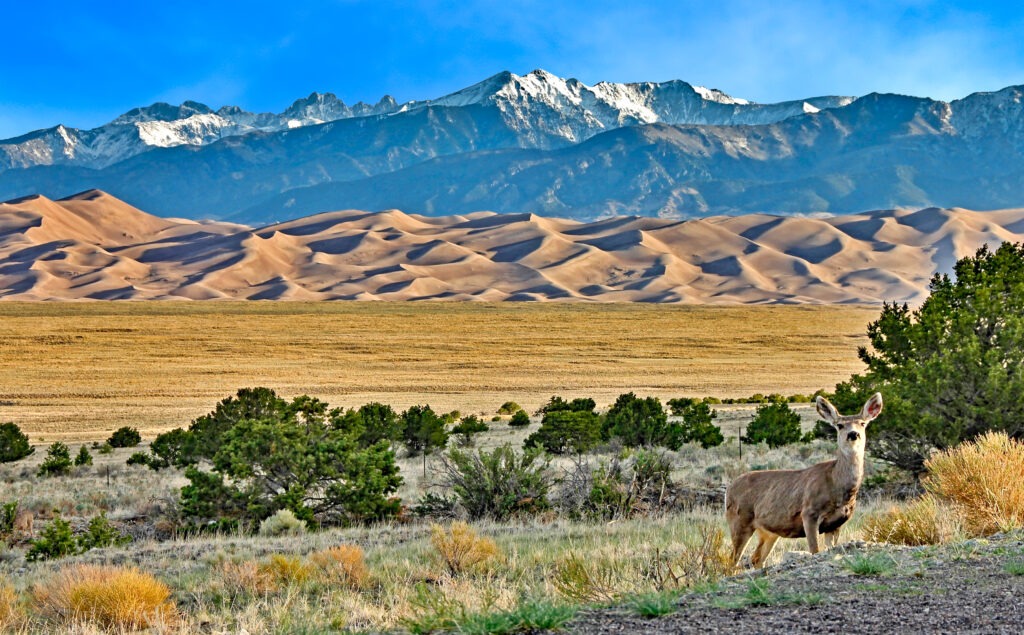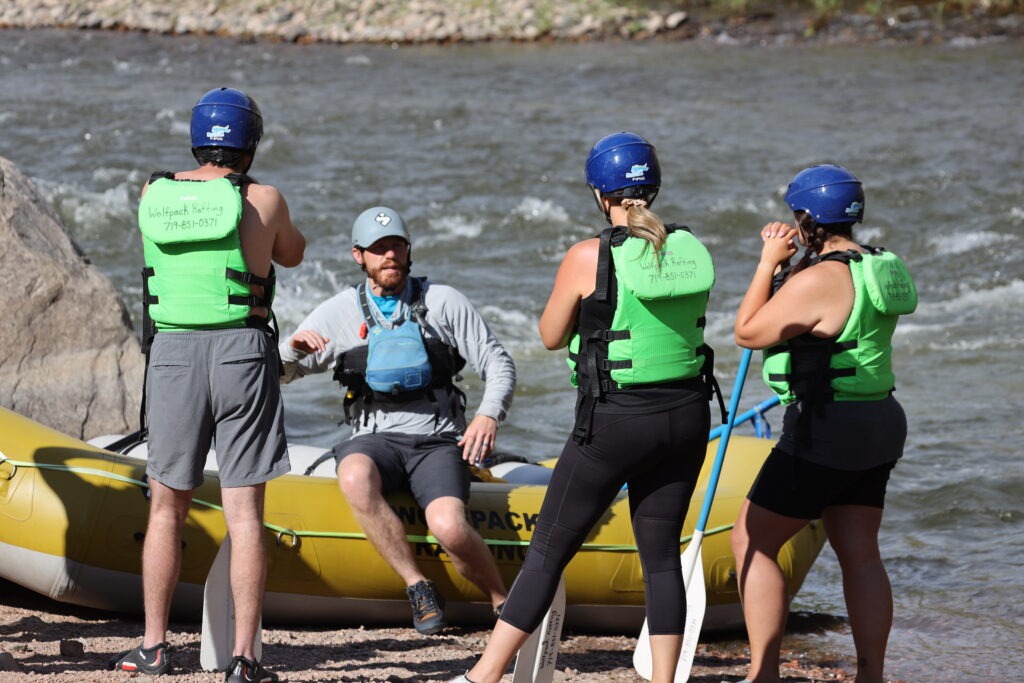There’s no shortage of ways to experience the majestic Pikes Peak, but if you’re looking for something unforgettable, adventurous, and completely unique, nothing beats the Cog Up, Bike Down Pikes Peak tour. This experience combines a scenic ride to the summit on the historic Pikes Peak Cog Railway with a guided mountain biking descent down one of Colorado’s most iconic 14ers. Whether you’re visiting Colorado Springs for the first time or you’re a local chasing thrills, this tour is an absolute bucket-list adventure.
Ready to ride? Here’s everything you need to know about the Cog Up, Bike Down experience.
What is the Cog Up, Bike Down Pikes Peak tour?
The Cog Up, Bike Down tour is a full-day adventure offered by Broadmoor Outfitters. You’ll start by ascending to the 14,115-foot summit of Pikes Peak via the historic Pikes Peak Cog Railway, the highest cog railway in North America. Once you reach the summit, you’ll gear up, meet your professional biking guides, and descend 13.5 miles of scenic highway by bike—all the way down the mountain.
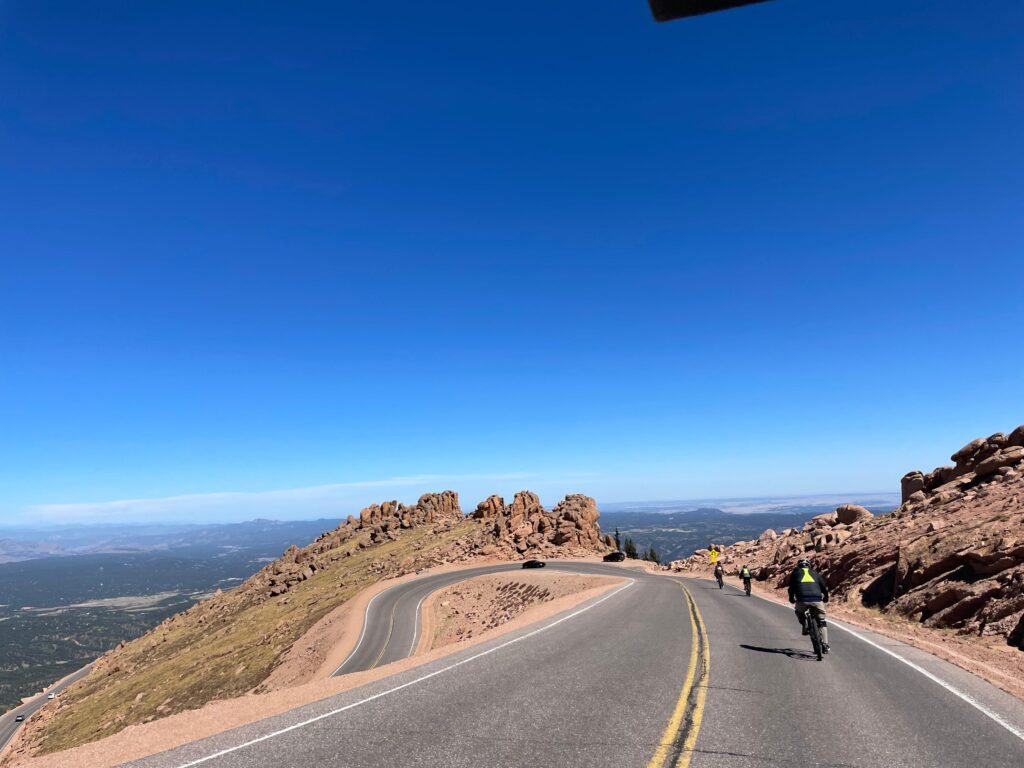
How difficult is the ride down Pikes Peak?
This tour is designed for intermediate riders and above. While the route follows the paved Pikes Peak Highway, the descent includes sharp turns, steep drop-offs, and high speeds. The terrain is smooth, but because of the altitude, wind, and downhill grade, you’ll want to be comfortable on a bike and confident using hand brakes.
You do not need to be a professional cyclist or in top physical shape—riders coast most of the way down. However, this isn’t recommended for beginners or those uncomfortable with long descents.
What are the age, height, and weight requirements?
To participate in the Cog Up, Bike Down Pikes Peak tour, riders must meet the following requirements:
- Minimum age: 10 years old
- Minimum height: 5’1″
- Maximum weight: 250 lbs
These guidelines help ensure a safe and enjoyable ride for all participants.
What should I wear and bring?
Mountain weather can be unpredictable, especially above 14,000 feet. It’s important to dress in layers and be ready for rapid temperature changes from the summit to the base. There can be a 30-40 degree temperature difference between the Summit and Colorado Springs.
Recommended attire and gear:
- Moisture-wicking base layers
- Light jacket or windbreaker
- Long pants or bike shorts
- Closed-toe shoes (sneakers or trail shoes work well)
- Sunglasses and sunscreen
Broadmoor Outfitters provides:
- Bike and full-face helmet
- Reflective vests, gloves, knee pads, elbow pads
- Transportation
- Experienced guides and support vehicles
More details here: Broadmoor Outfitters – What to Expect

How long does the tour take?
Expect the full experience to last around 6 hours. This includes:
- Transportation to the Cog Railway Depot
- Scenic train ride to the summit (about 1 hour)
- Time at the summit to take photos and acclimate
- Safety briefing and equipment fitting
- The 13.5-mile downhill bike ride
- Return transportation and wrap-up
Most tours depart in the morning and wrap up early afternoon. Exact timing will be based on the Cog Railway Train and Weather.
Is it safe?
Yes—safety is a top priority. Riders are guided by trained professionals who provide:
- A comprehensive safety briefing before the descent
- Support vehicles during the ride and WFA Trained Guides
- Emergency equipment and communication
- Constant trail updates and rider check-ins
The tour follows the Pikes Peak Highway, which is paved and well-maintained. Guides adjust the pace and stop for rest or photos along the way.
Can I take photos or videos?
Absolutely! There are multiple scenic stops along the route where you can safely snap photos, and the summit of Pikes Peak offers jaw-dropping views of the Front Range, plains, and beyond. If you have a GoPro or action camera, it’s a great way to capture your ride—just be sure it’s securely mounted.

Do I need to book in advance?
Yes—this tour is popular and space is limited, especially during peak summer months. It’s best to reserve early through Broadmoor Outfitters’ booking page.
If you have other members of your group will be riding just the Cog, make sure to buy their tickets beforehand. You can check Cog Railway schedules directly at cograilway.com to coordinate your plans.
What makes this the most epic way to see Pikes Peak?
It’s simple—you get the best of both worlds. The scenic train ride lets you relax and enjoy the mountain’s grandeur on the way up, while the bike descent delivers a thrilling, immersive connection with the landscape on the way down. It’s a rare combination of sightseeing, adrenaline, and guided storytelling that few experiences can match.
You’ll leave with amazing photos, a true sense of accomplishment, and a story to tell that most Colorado visitors can’t top.
Ready to Ride?
Don’t just drive up and down Pikes Peak—feel the mountain under your wheels. Whether you’re an adrenaline junkie, an outdoor enthusiast, or a family looking for an unforgettable experience, the Cog Up, Bike Down Pikes Peak tour is hands-down one of the best adventures in Colorado.
👉 Book your ride now: https://www.broadmooroutfitters.com/cog-up-bike-down-pikes-peak/


